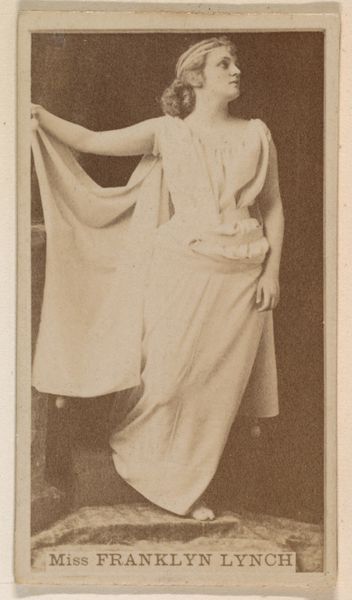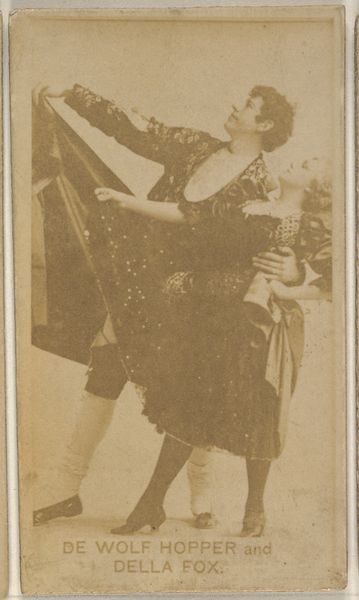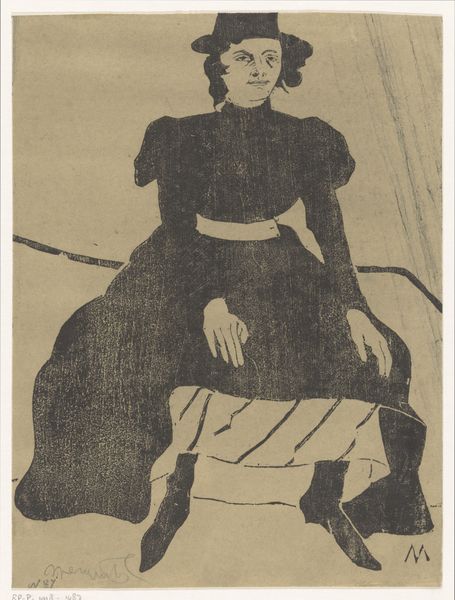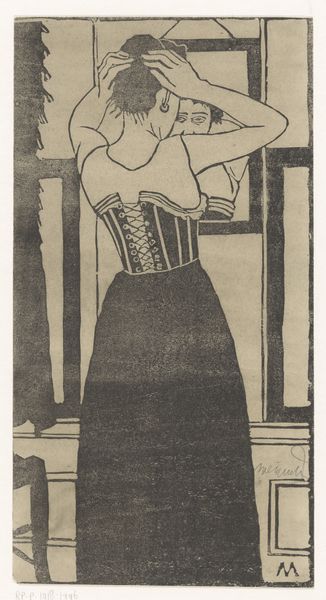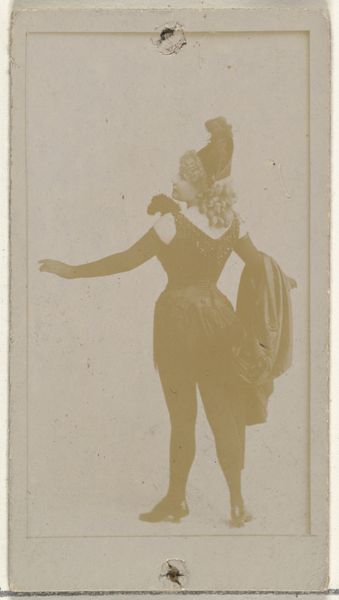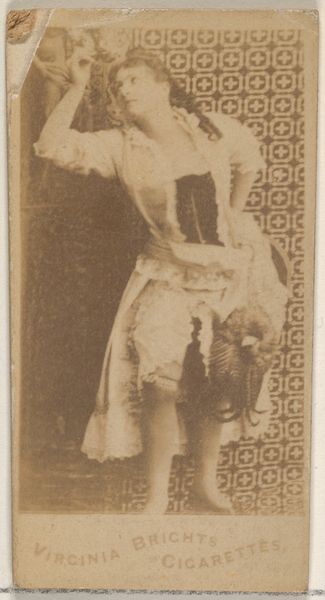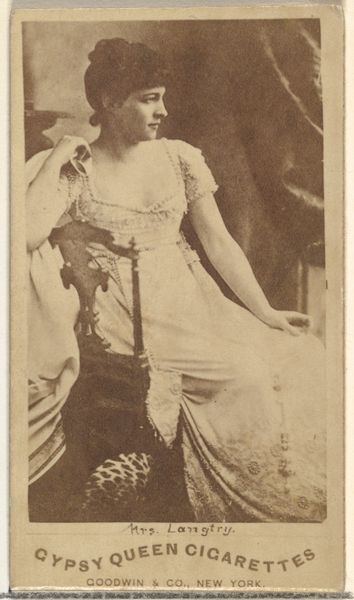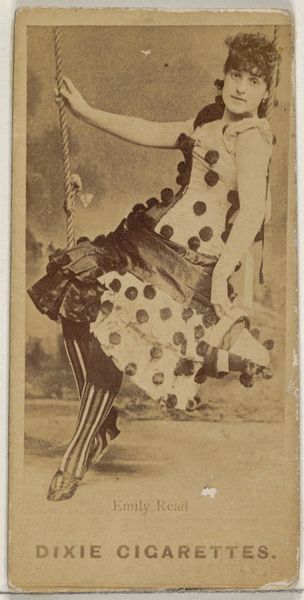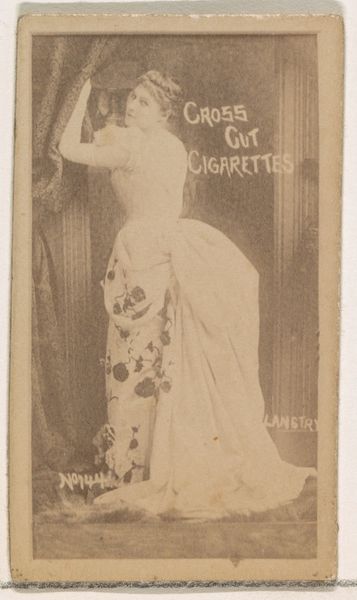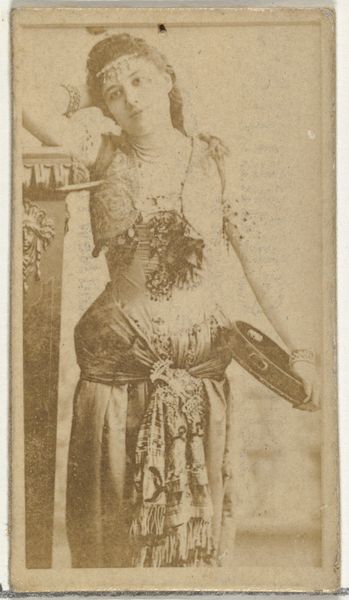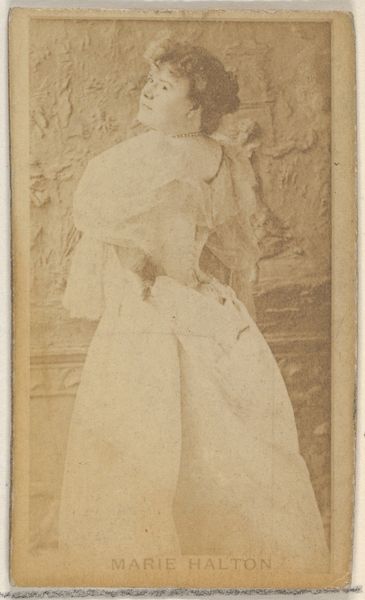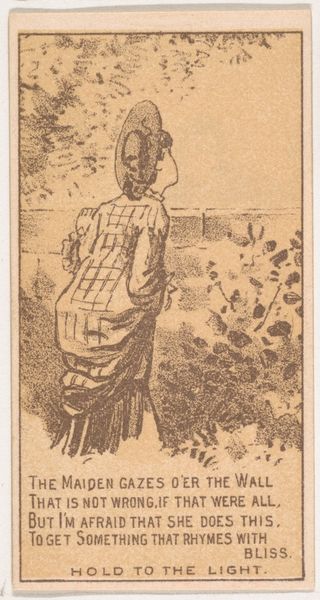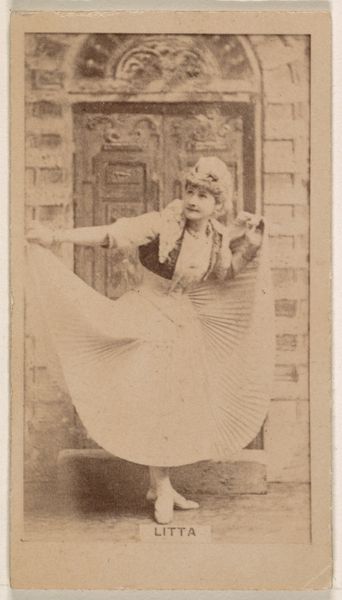
print, photography
# print
#
photography
Dimensions: sheet: 28.3 x 20.7 cm (11 1/8 x 8 1/8 in.)
Copyright: National Gallery of Art: CC0 1.0
Editor: This intriguing print is “The Provincials” by Robert Heinecken, created in 1971 using photography. There’s something ghostly about the layered images, like memories fading in and out. What do you see in this piece? Curator: The superimposition immediately strikes me. The layering of images isn't just aesthetic; it speaks to the fragmented nature of memory itself. Heinecken’s combination of fashion magazine imagery with what appears to be classical sculpture creates a powerful tension between the ephemeral and the enduring. What does that contrast evoke for you? Editor: I guess it feels a bit like the contrast between everyday life and some idealised past, maybe? Fashion is so of-the-moment, while classical sculpture is timeless… or tries to be. Curator: Exactly. Think about the title, "The Provincials." Fashion, often associated with the cosmopolitan, is here juxtaposed with the provincial, hinting at themes of identity, cultural aspiration, and perhaps even a critique of consumerism. Heinecken is making us consider how these seemingly disparate elements are connected within the larger cultural landscape. Editor: So the “provincials” could be the people looking at the fashion, aspiring to it, but always feeling a bit removed? Curator: Precisely. It is this push and pull between these ideas of what is eternal, or at least very old, and the appeal of what's "modern," “stylish,” or maybe even “aspirational.” This tension is very strong. Heinecken asks us to think about not only what we remember, but how we construct those memories. It makes you consider where we find belonging, doesn't it? Editor: Definitely! I hadn’t thought about it that deeply, but now I see how those layers speak to the complexities of identity and aspiration. Curator: Indeed. His use of recognisable images helps connect people through culture, memory and iconography, so that viewers of any kind can feel linked together and better understood.
Comments
No comments
Be the first to comment and join the conversation on the ultimate creative platform.
